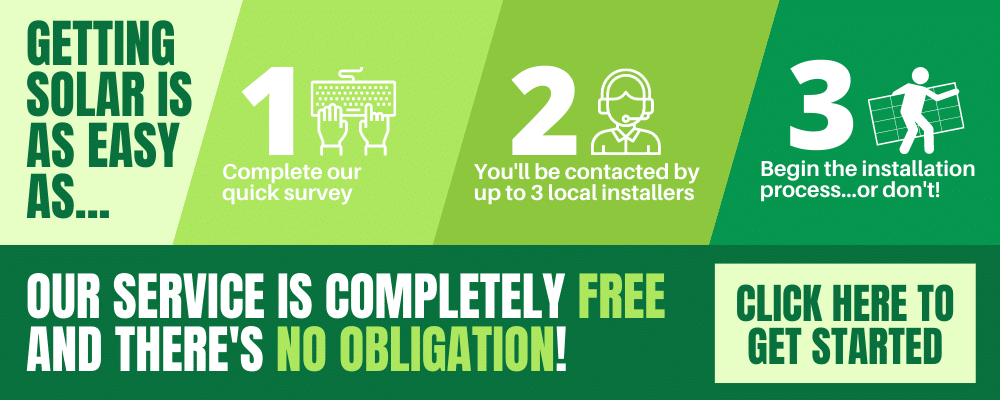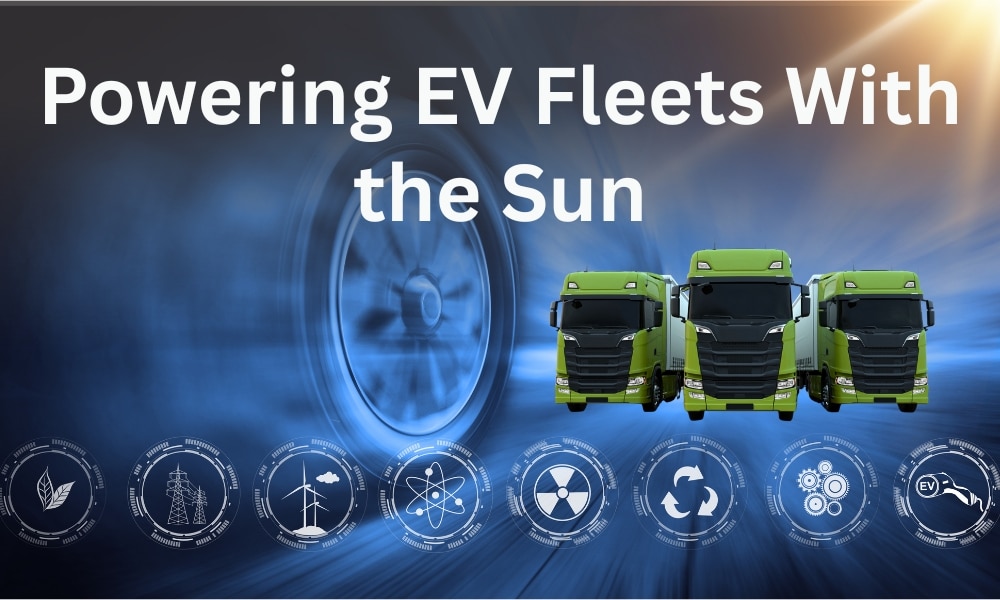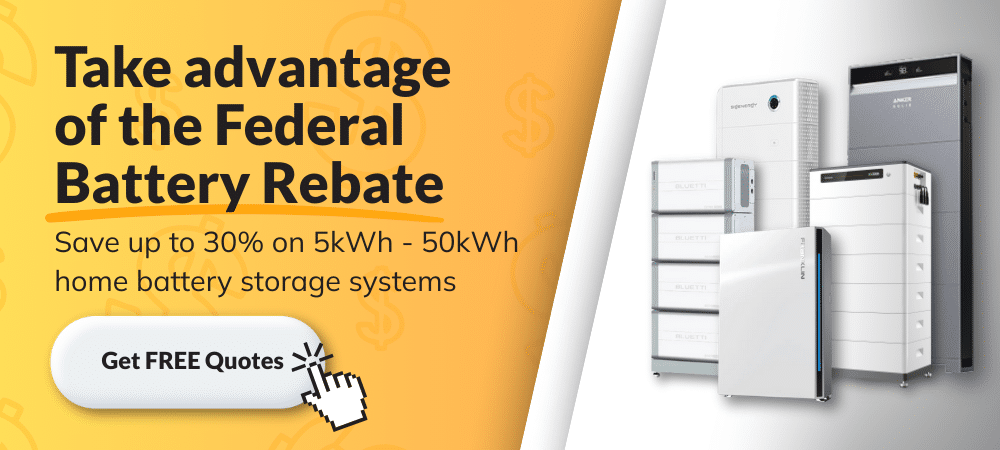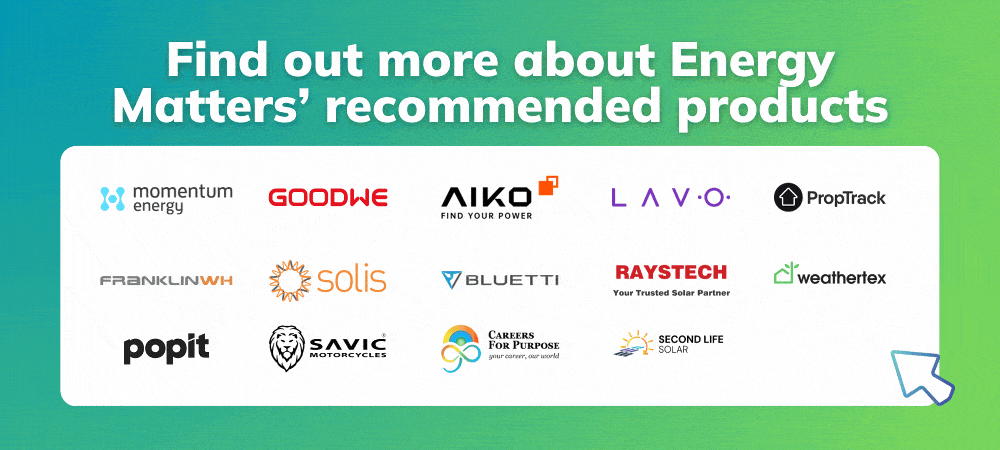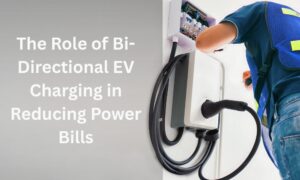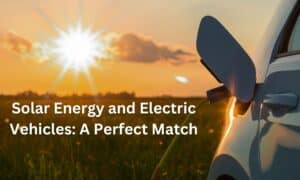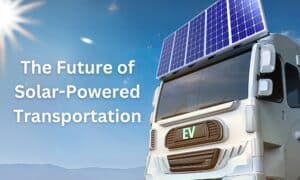As Australia rapidly adopts electric vehicles (EVs), businesses managing fleets are discovering the compelling benefits of switching to solar EV charging. Pairing EV fleets with solar power not only slashes operational costs but also positions companies as leaders in sustainability. Let’s delve into the compelling business case and practical logistics of adopting solar-powered EV fleets down under.
Why solar and EV fleets make a perfect match
Electric vehicle fleets are becoming the backbone of modern logistics, delivery, and service-based industries. Combining them with solar power offers a sustainable and economical edge.
- Rising EV adoption: Businesses across Australia are shifting from combustion engine fleets to electric alternatives.
- Solar cost decline: The falling cost of solar panels and increased efficiency make solar EV charging more viable than ever.
- Energy independence: With onsite solar, businesses reduce dependence on grid electricity and its rising prices.
By integrating solar for electric vehicle fleets, companies can take control of their energy use while significantly reducing emissions.
The financial business case for EV fleet solar
Switching to EV fleet solar is not just an environmental decision—it’s a smart financial strategy. Here’s how businesses benefit:
1. Reduced fuel and energy costs
Fuel is one of the most significant operating expenses for any fleet.
- Electricity is cheaper than diesel or petrol, especially when generated from solar sources.
- Solar installations enable businesses to secure lower, more predictable energy rates.
2. Tax incentives and rebates
Australian businesses can access several incentives that improve ROI:
- Instant asset write-off: Eligible solar and EV charging infrastructure can be deducted.
- Solar rebates: Depending on your location, rebates can reduce the upfront costs of a solar system.
- EV-specific incentives: Various state-based EV subsidies can be applied to fleet vehicles.
For more details, check out our EV Rebates and Incentives guide.
3. Reduced maintenance costs
EVs require less maintenance due to fewer moving parts. When combined with business EV charging powered by solar, downtime and servicing needs are minimised.
Key logistics of implementing an EV fleet solar
Adopting solar EV charging for a fleet requires some upfront planning but pays off in the long term.
Site assessment and solar capacity
Understanding your premises is the first step:
- Roof space or land area: Is there enough space for solar panels?
- Energy requirements: How much electricity does the fleet consume daily?
Once assessed, solar systems can be sized appropriately to meet charging needs.
Charging infrastructure planning
Choosing the right business EV charging stations is critical:
- AC vs. DC chargers: AC chargers are ideal for overnight depot charging, while DC fast chargers are best suited for quick turnarounds.
- Smart charging systems: These enable charging during periods of peak solar generation or when grid tariffs are low.
Solar battery storage integration
Solar output fluctuates, and EV charging doesn’t always align with sunlight hours. Adding a solar battery storage system helps:
- Maximise solar usage
- Avoid peak electricity charges
- Provide backup during outages
Use Energy Matters’ easy-to-use solar power and battery storage calculator to determine the size of your solar system with storage! Our solar calculator will generate performance information and potential savings.
We can send this information to 3 of our pre-vetted and trusted local installers in your area to receive obligation-free solar quotes and take the first step towards true energy independence!

Advantages of solar EV charging for business fleets
Pairing solar with your EV fleet isn’t just practical—it’s transformative. Here’s how:
1. Sustainability and corporate responsibility
Utilising solar energy for electric vehicle fleets demonstrates a company’s commitment to sustainability.
- Reduces carbon footprint significantly
- Enhances brand image among customers and partners
- Helps meet ESG (Environmental, Social, and Governance) goals
2. Grid independence and reliability
By producing your clean energy:
- Businesses are less exposed to grid outages or pricing fluctuations
- Solar and battery systems can be configured for off-grid EV charging in remote or rural depots
3. Scalable solutions
Solar systems can be designed for future expansion:
- Start small and scale as the fleet grows
- Modular EV chargers and solar arrays make expansion cost-effective
If you plan to purchase an EV, integrating an EV charger into your solar system is a great way to “fuel” your car with clean, renewable energy.
EV fleet solar in Australia: Real-world examples
Several Australian companies are leading the charge in solar EV charging for fleets.

- Australia Post has trialled solar-powered EV hubs for delivery vans in urban centres.
- Local councils, such as the City of Sydney and Brisbane City Council, are rolling out solar-integrated EV charging infrastructure for their service fleets.
- Logistics companies are investing in business EV charging depots powered by large-scale solar systems.
Overcoming challenges in solar EV integration
Transitioning to solar-powered fleets does come with hurdles, but these can be overcome with the right planning and preparation.
1. Initial capital investment
Installing solar panels and EV infrastructure requires upfront spending. Solutions:
- Government grants and rebates
- Power purchase agreements (PPAs)
- Leasing options for solar systems and EVs
2. Load management
Charging many EVs simultaneously can stress existing electrical systems.
- Use smart EV fleet solar platforms that stagger or manage charging times
- Integrate battery storage to relieve peak load pressures
3. Regulatory and planning approvals
Some projects may need planning permissions or grid connection approvals.
- Partner with experienced solar and EV charging providers
- Conduct feasibility studies early in the planning process
How to get started with solar EV charging
Making the switch doesn’t have to be complicated. Here’s how businesses can begin:
- Conduct a feasibility study: Assess your fleet size, usage, and energy needs.
- Evaluate your premises: Check for suitable areas for solar installations.
- Choose a partner: Work with professionals experienced in both solar and EV infrastructure.
- Apply for incentives: Take advantage of available government rebates and programs to reduce your costs.
- Install smart infrastructure: Use data-driven systems to optimise charging and energy use.
The future of EV fleet solar in Australia
As Australia advances toward its net-zero targets, EV fleet solar is set to become a cornerstone of the transition. With increasing grid pressures, rising electricity prices, and growing pressure to decarbonise, businesses are turning to solar EV charging as the logical solution.
The transport sector contributes nearly 20% of Australia’s greenhouse gas emissions. Electrifying and decarbonising fleets through solar isn’t just good for business—it’s essential for the planet.
Make the switch today with Energy Matters
Integrating solar for electric vehicle fleets isn’t just a trend—it’s a transformative investment for the future. It reduces costs, boosts sustainability, and enhances energy control. With the right planning and expert support, your business can lead the charge in Australia’s clean transport revolution.
Ready to power your EV fleet with solar? Contact Energy Matters today to get started with a tailored solar EV charging solution designed for your business.







